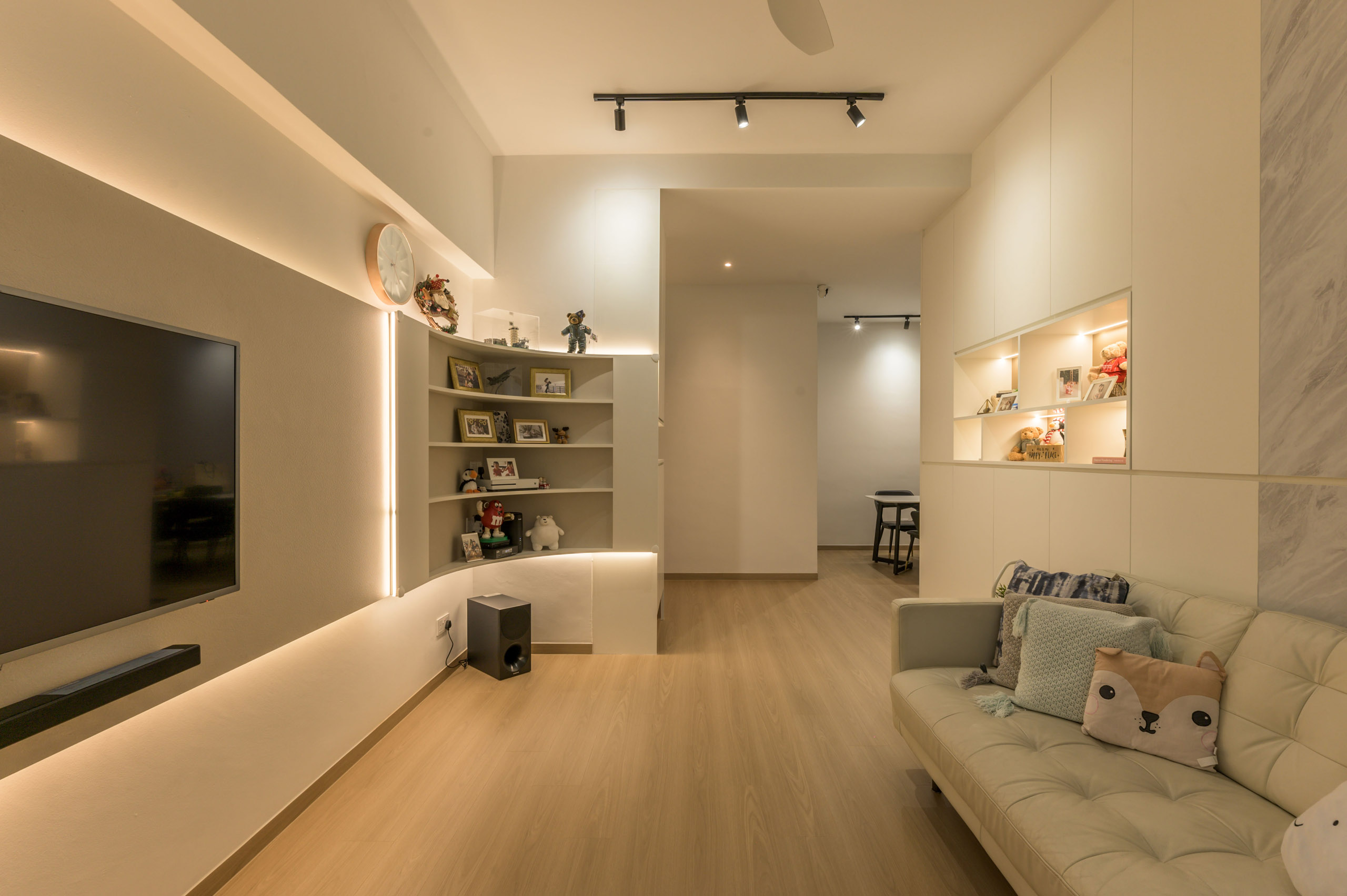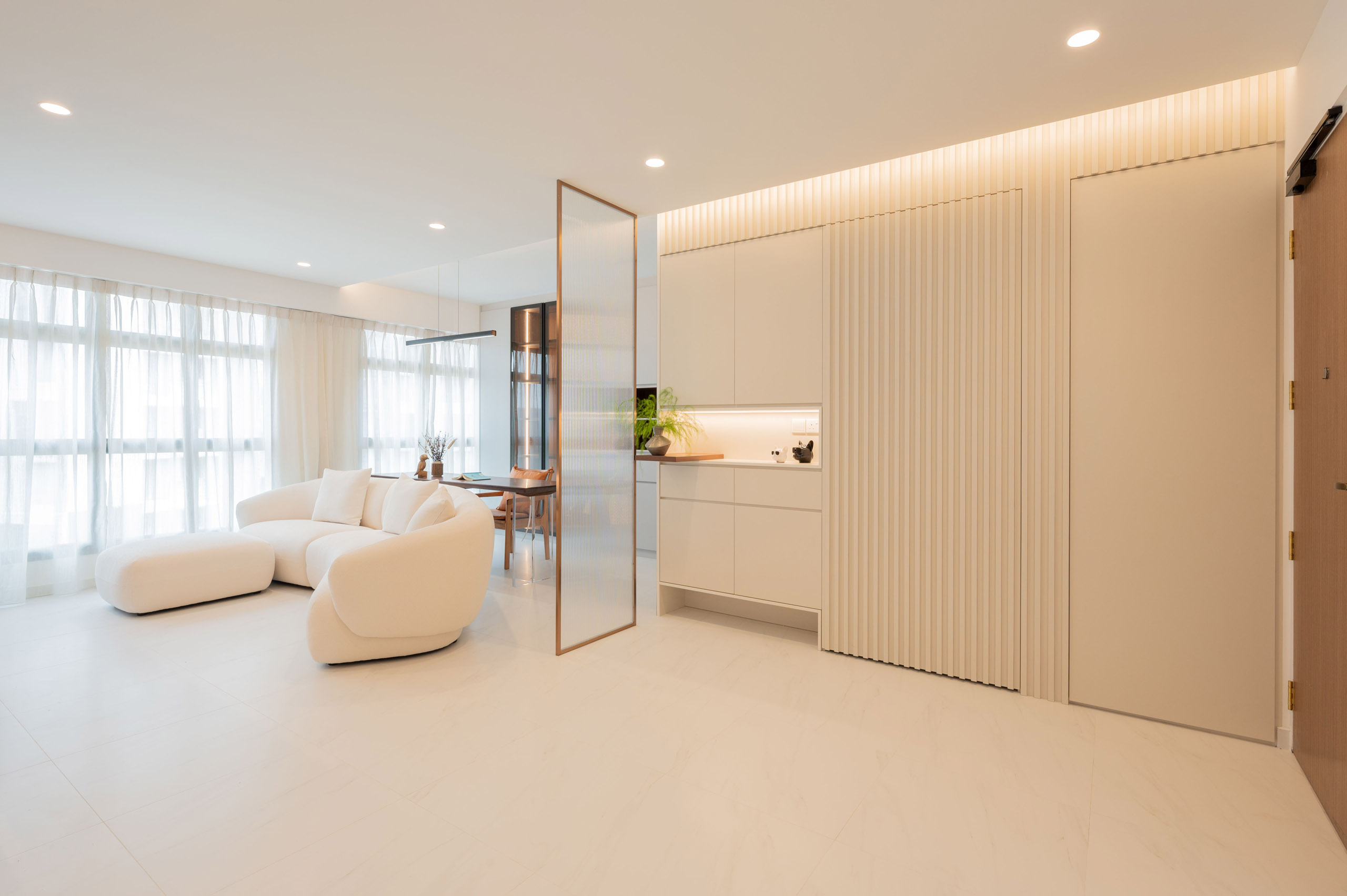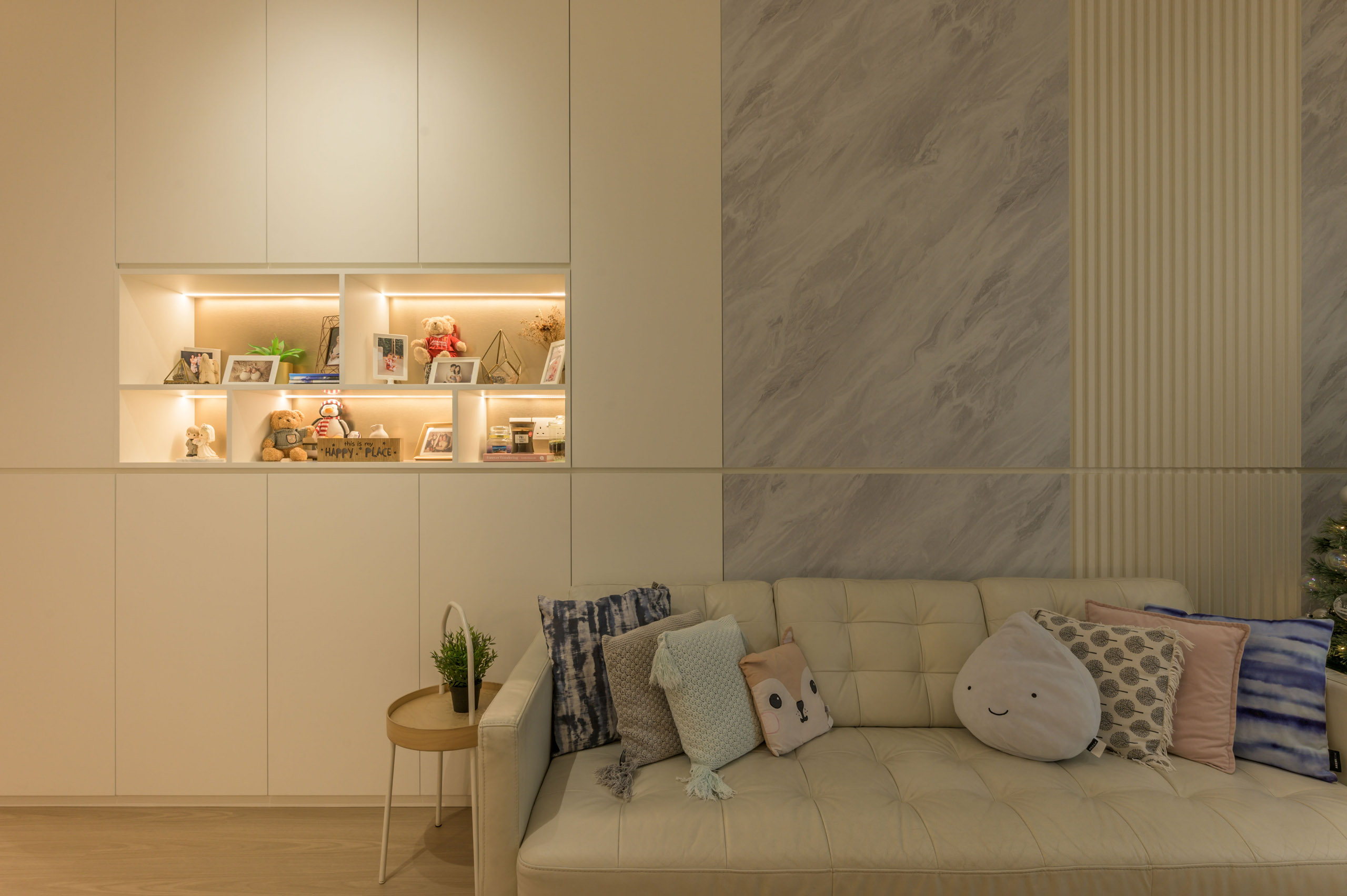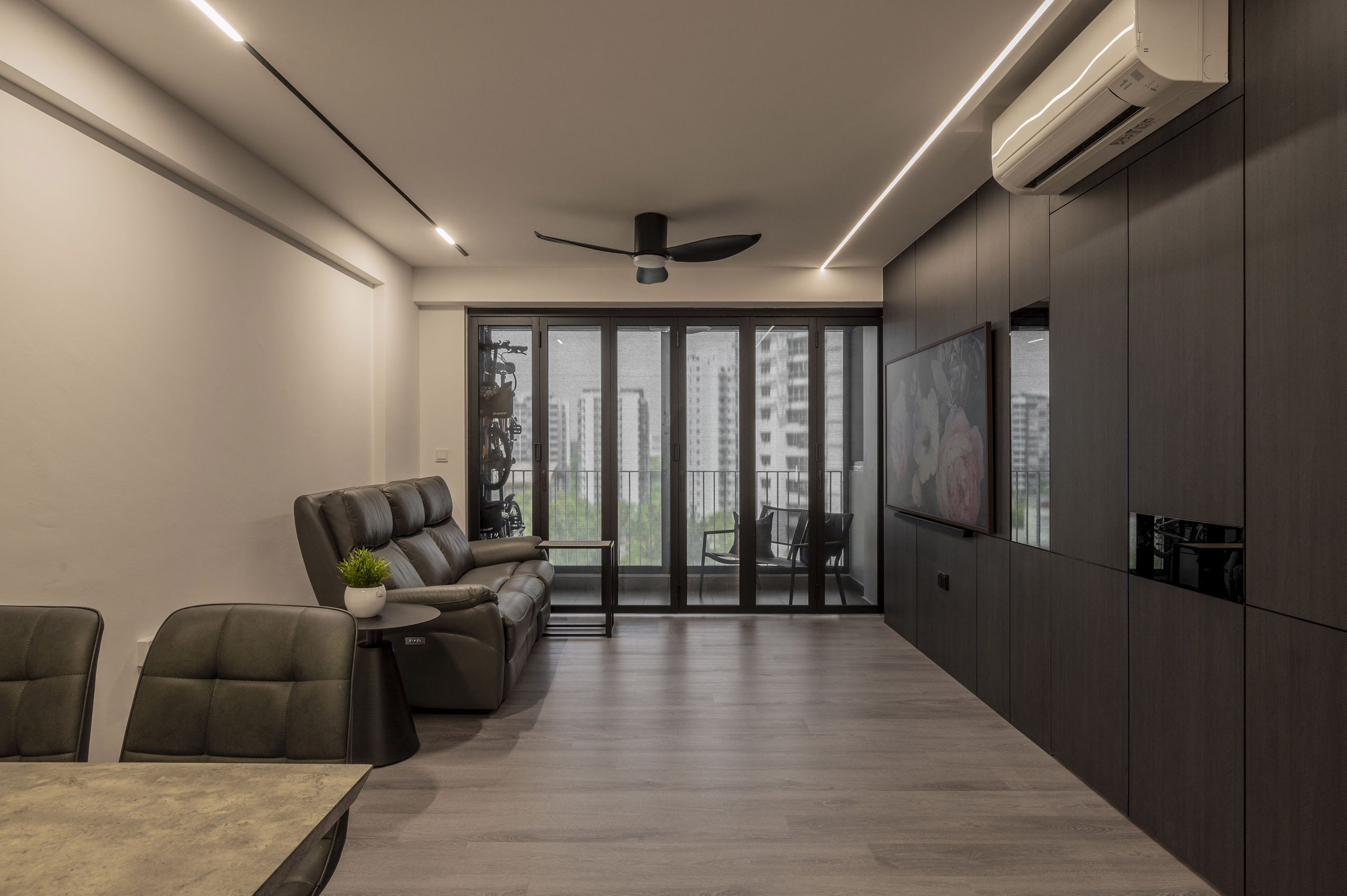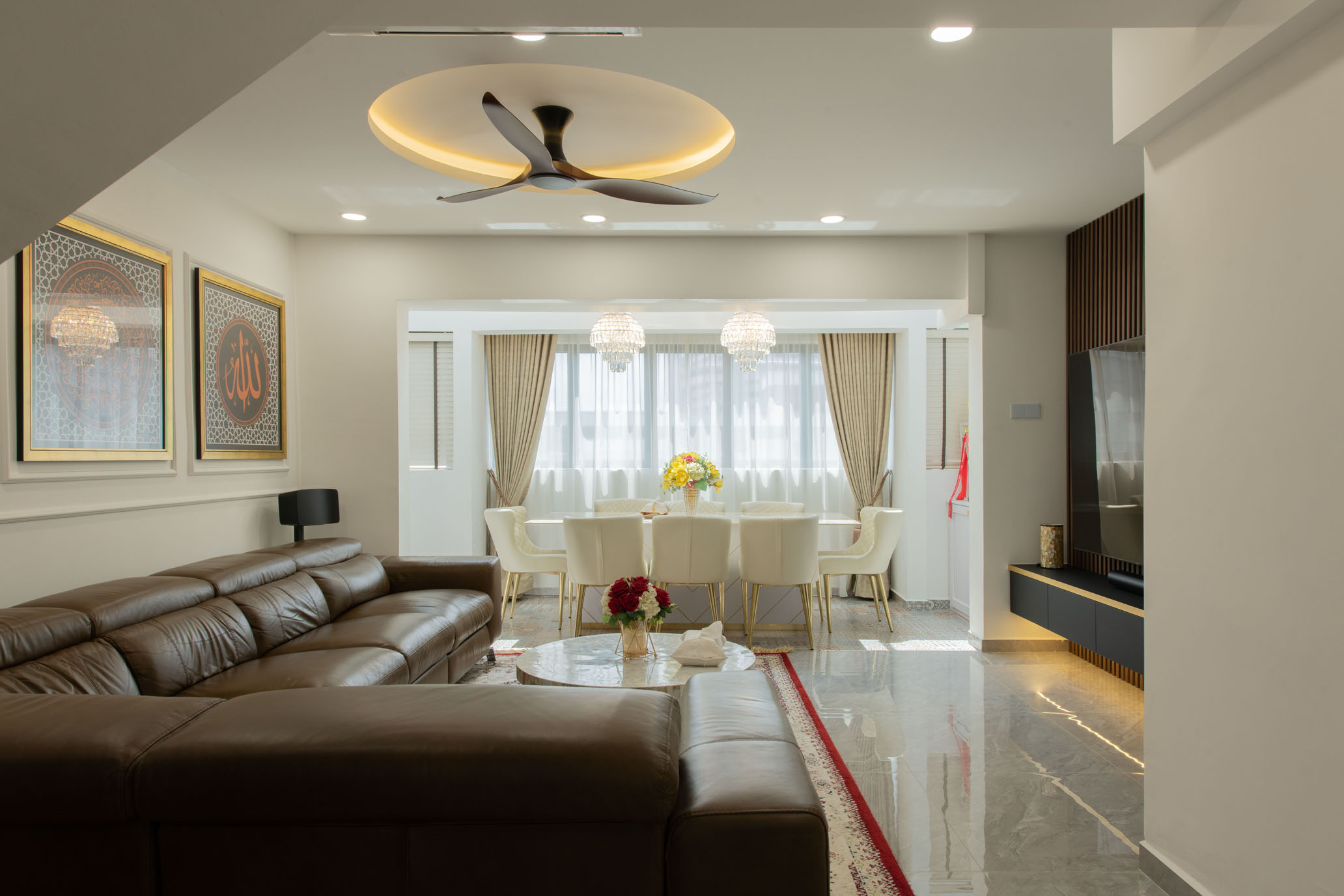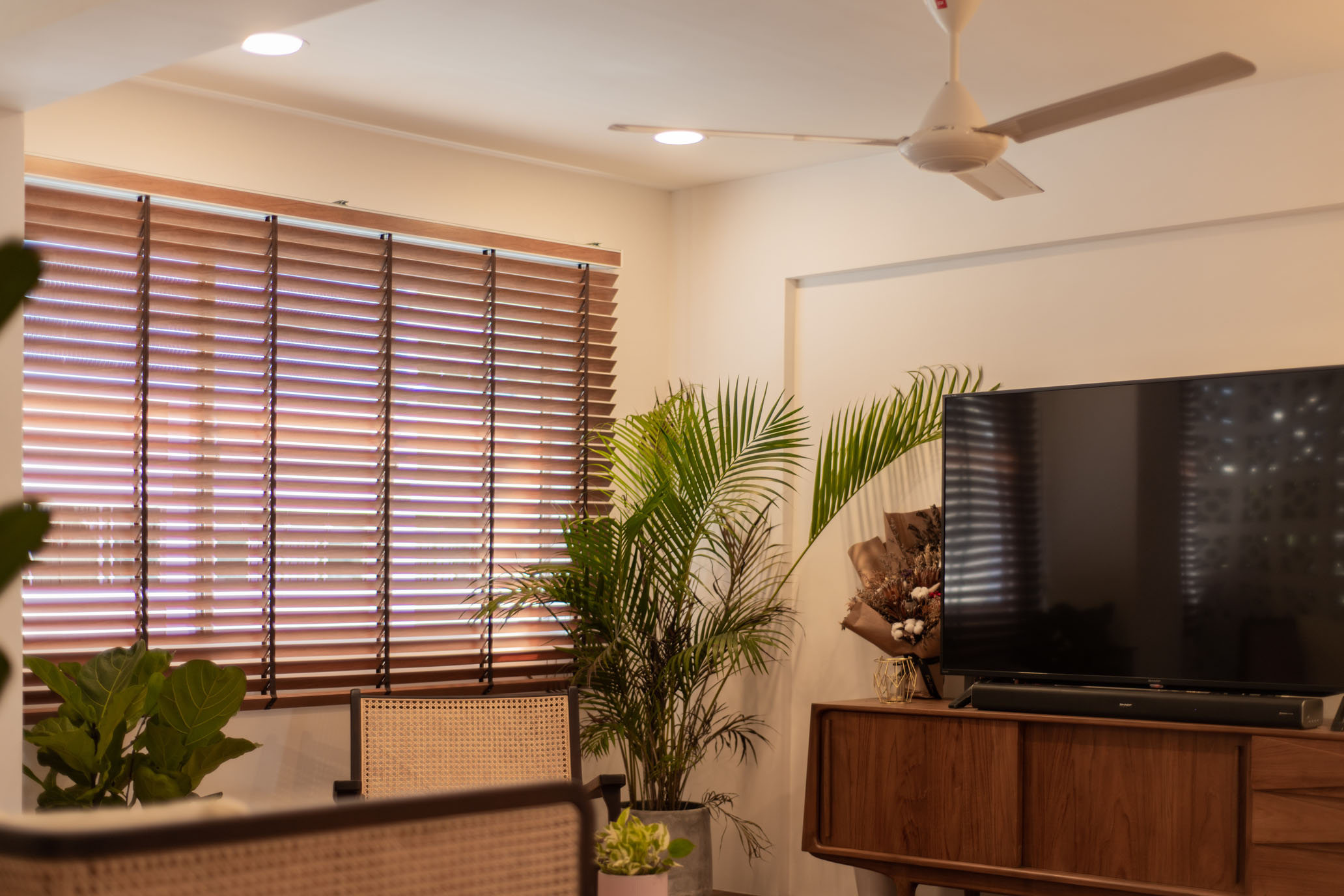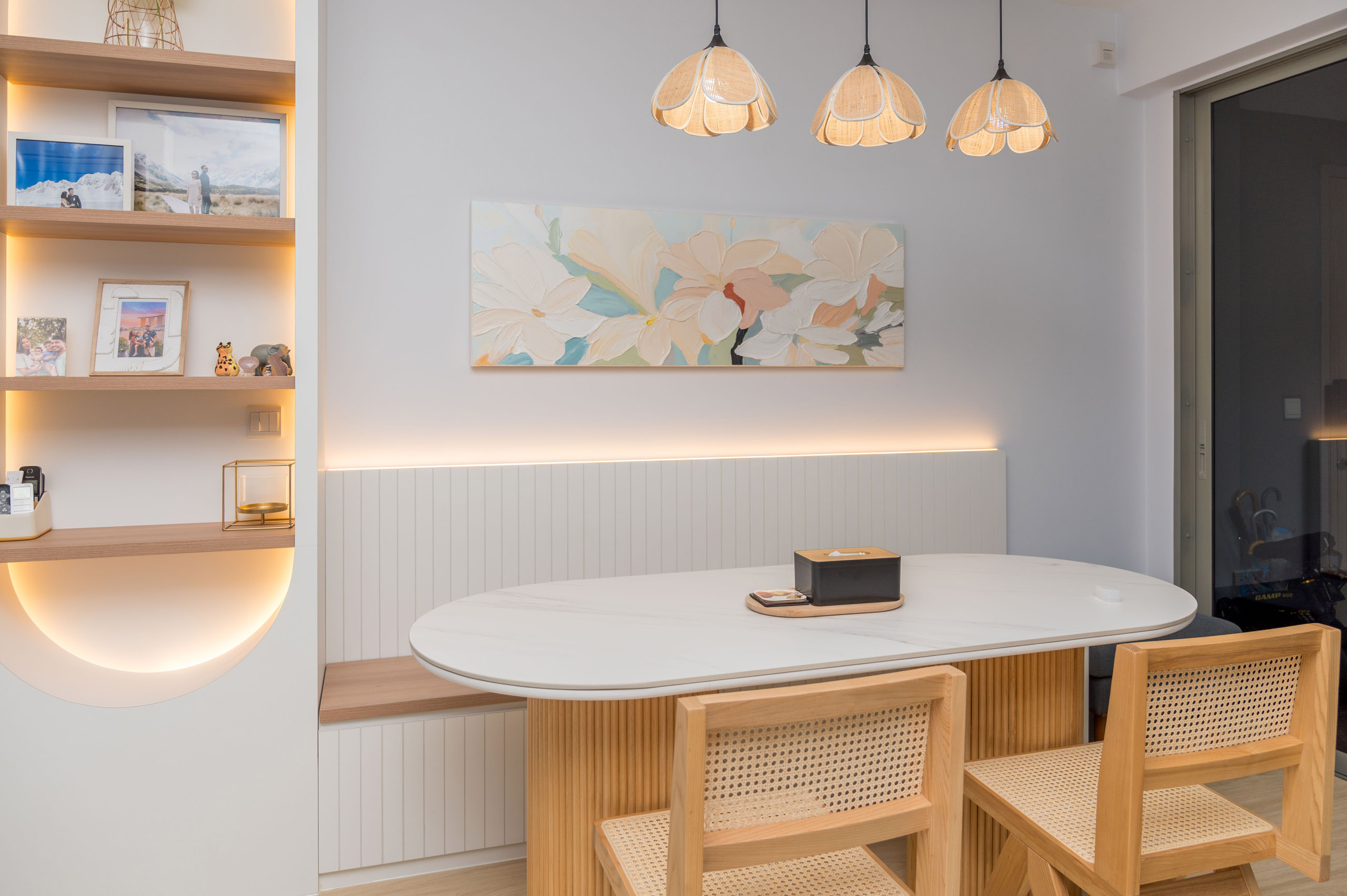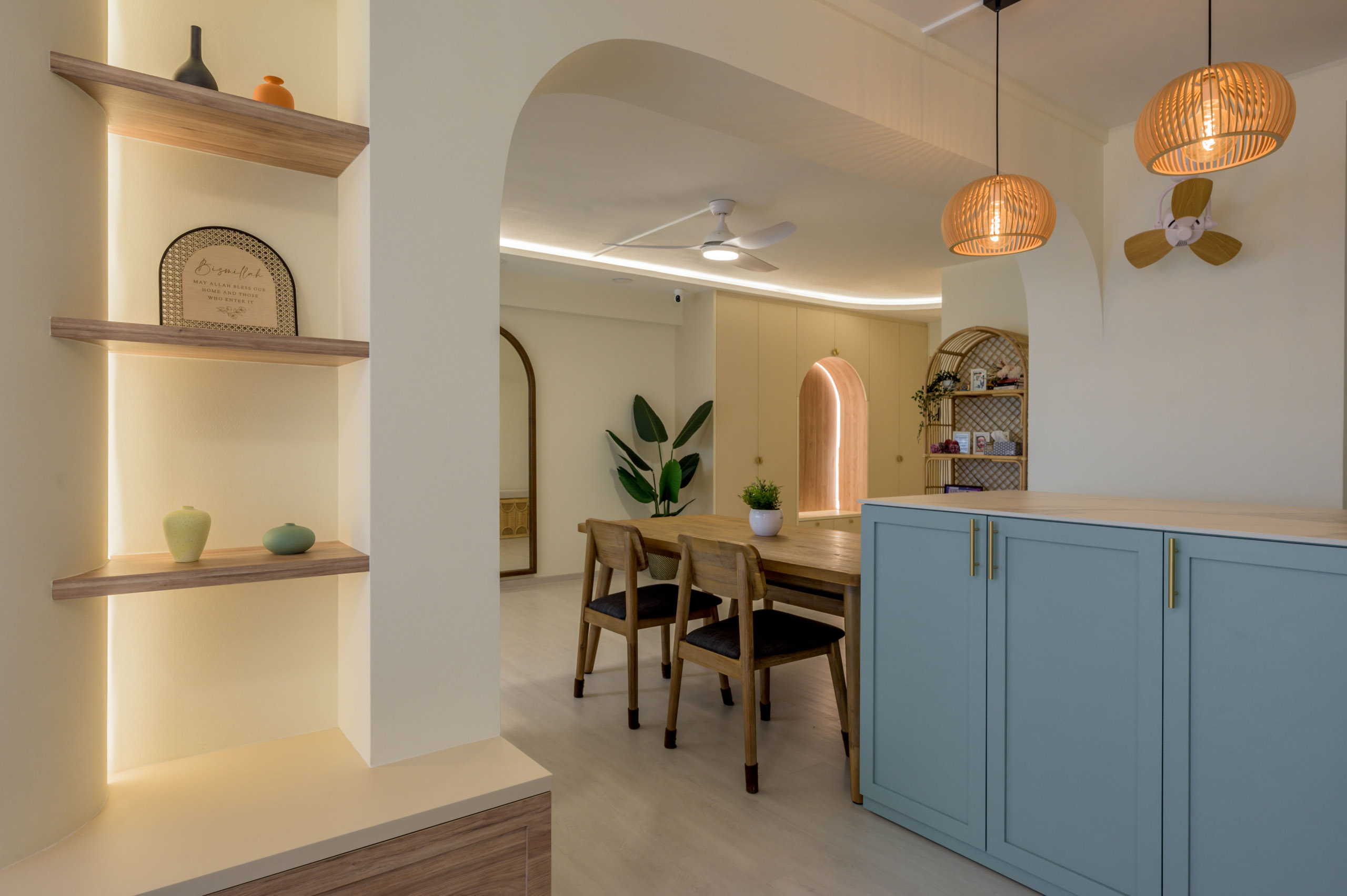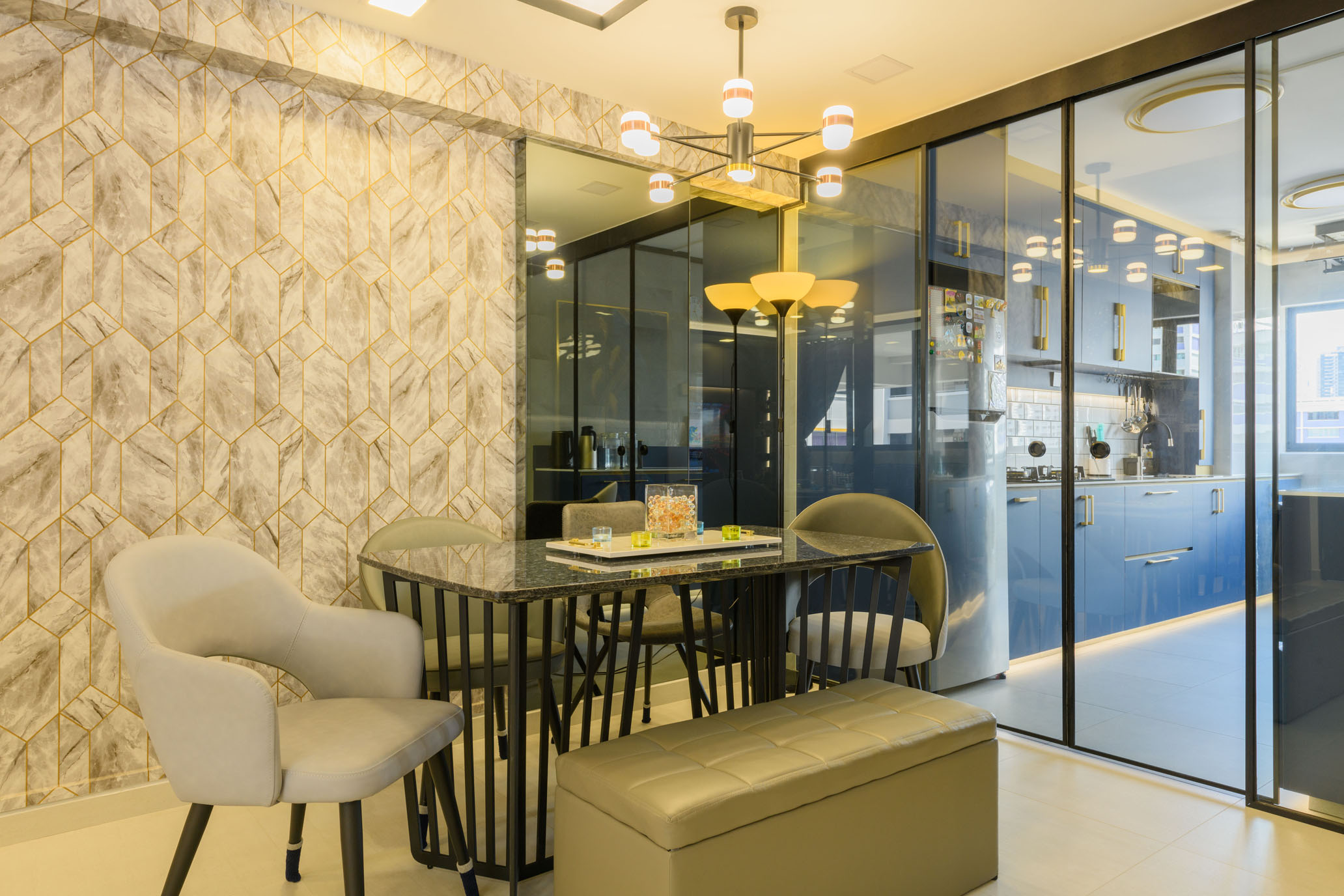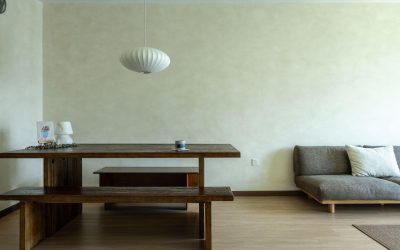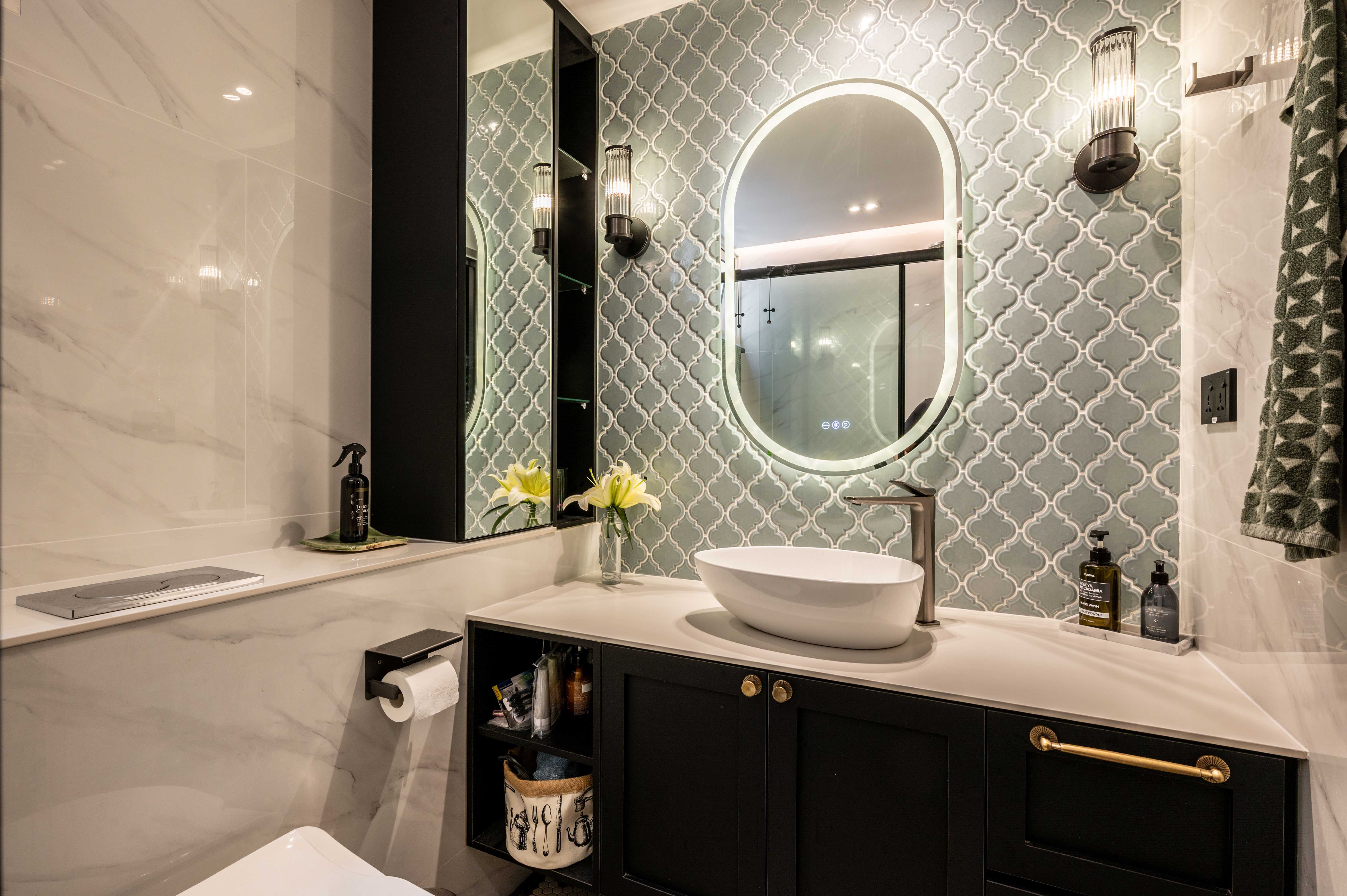Introduction to Transitional Style Interior Design
When it comes to interior design, the living room is often the heart of the home. It’s where we gather with family and friends, relax after a long day, and entertain guests. If you’re looking to breathe new life into your living room, one style that you should consider is transitional style interior design. With its blend of traditional and contemporary elements, transitional style offers a timeless and sophisticated look that can transform any space.
Characteristics of Transitional Style
Transitional style is all about balance and harmony. It combines the warmth and elegance of traditional design with the clean lines and simplicity of contemporary design. In a transitional style living room, you’ll find a mix of classic and modern furniture, neutral color palettes, and a focus on comfort and functionality. This style is known for its understated elegance and timeless appeal.
One of the key characteristics of transitional style is the use of neutral colors. While traditional design often features rich, bold colors and patterns, and contemporary design tends to favor sleek, monochromatic palettes, transitional style strikes a perfect balance with neutral hues. Think shades of beige, taupe, gray, and ivory. These colors create a calming and welcoming atmosphere in your living room.
Another hallmark of transitional style is the use of clean lines and simple shapes. Furniture in a transitional style living room is often streamlined and has a timeless quality. You’ll find sofas and chairs with straight arms and backs, as well as tables and cabinets with simple, yet elegant, designs. This simplicity allows the focus to be on the quality of the materials and the overall aesthetic of the room.
Benefits of Transitional Style in the Living Room
There are many benefits to incorporating transitional style into your living room. One of the main advantages is its versatility. Transitional style can work well with a variety of architectural styles, whether you have a traditional home or a more contemporary space. It’s a flexible style that can adapt to your personal taste and preferences.
Another benefit of transitional style is its timelessness. Unlike trends that come and go, transitional style is enduring and classic. By choosing this style for your living room, you can create a space that will remain stylish and relevant for years to come. This is especially important if you’re looking for a long-term investment in your home.
Transitional style also offers a sense of comfort and relaxation. With its neutral color palette and focus on comfort, a transitional living room is a place where you can unwind and recharge. It’s a space that invites you to sit back, relax, and enjoy the company of your loved ones.
How to Incorporate Transitional Style in Your Living Room
Now that you understand the characteristics and benefits of transitional style, let’s explore how you can incorporate this design aesthetic into your own living room. Here are some key tips to get you started:
1. Start with a Neutral Color Palette: Begin by choosing a neutral color palette for your living room. Opt for shades of beige, taupe, gray, or ivory for the walls, and complement them with furniture and accessories in coordinating colors. This will create a cohesive and calming atmosphere in your space.
2. Mix Traditional and Contemporary Elements: The key to achieving a transitional style is to strike a balance between traditional and contemporary elements. Mix classic furniture pieces with more modern ones to create an eclectic and harmonious look. For example, pair a traditional sofa with a sleek and minimalist coffee table.
3. Focus on Comfort and Functionality: Transitional style is all about creating a comfortable and functional space. Choose furniture that is both stylish and practical, with a focus on comfort. Invest in pieces that are made with high-quality materials and offer ample seating and storage options.
4. Layer Textures and Patterns: To add visual interest to your living room, layer different textures and patterns. Use throw pillows, area rugs, and curtains with varying textures and patterns to create depth and dimension. Just make sure to keep the colors cohesive to maintain a cohesive look.
5. Pay Attention to Lighting: Lighting plays a crucial role in any interior design, and transitional style is no exception. Incorporate a mix of ambient, task, and accent lighting to create a warm and inviting atmosphere. Consider adding table lamps, floor lamps, and wall sconces to enhance the overall lighting scheme.
Color Schemes and Patterns for Transitional Style Living Rooms
When it comes to color schemes and patterns for transitional style living rooms, the key is to keep things neutral and cohesive. Here are some ideas to inspire you:
Neutral Color Schemes: Stick to a neutral color palette with shades of beige, taupe, gray, and ivory. These colors create a calming and sophisticated atmosphere.
Subtle Patterns: Incorporate subtle patterns in your living room through throw pillows, area rugs, and curtains. Opt for geometric, floral, or striped patterns in muted tones to maintain a cohesive look.
Texture Play: Experiment with different textures to add visual interest to your space. Mix materials like velvet, linen, and leather for a dynamic and inviting living room.
Furniture and Decor Ideas for a Transitional Style Living Room
The furniture and decor you choose for your transitional style living room should strike a balance between traditional and contemporary elements. Here are some ideas to consider:
Sofas and Chairs: Look for sofas and chairs with clean lines and simple designs. Choose upholstery in neutral colors and add throw pillows in complementary shades for added comfort and style.
Coffee Tables and Side Tables: Opt for coffee tables and side tables with minimalist designs and sleek finishes. Consider materials like glass, metal, or wood with a smooth, polished surface.
Storage Solutions: Invest in furniture pieces that offer both style and functionality. Look for cabinets, bookshelves, and media consoles that provide ample storage space while maintaining a cohesive look.
Artwork and Accessories: Choose artwork and accessories that reflect your personal taste and add a touch of personality to your living room. Consider abstract paintings, decorative vases, and statement mirrors to enhance the overall aesthetic.
Lighting and Accessories for a Transitional Style Living Room
Lighting and accessories play a crucial role in creating a warm and inviting atmosphere in your transitional style living room. Here are some ideas to inspire you:
Lighting: Incorporate a mix of ambient, task, and accent lighting to create a layered and inviting space. Consider installing recessed lighting, pendant lights, and table lamps to enhance the overall lighting scheme.
Window Treatments: Choose window treatments that allow natural light to filter in while maintaining privacy. Opt for sheer curtains, blinds, or shades in neutral colors to complement the overall color palette.
Mirrors: Mirrors are a great accessory for transitional style living rooms as they can create the illusion of a larger space and reflect light. Hang a statement mirror above the fireplace or place a floor mirror against a wall to add depth and dimension.
Throw Pillows and Blankets: Add comfort and style to your living room with throw pillows and blankets in coordinating colors and patterns. Choose soft and luxurious materials like velvet or cashmere for a cozy and inviting feel.
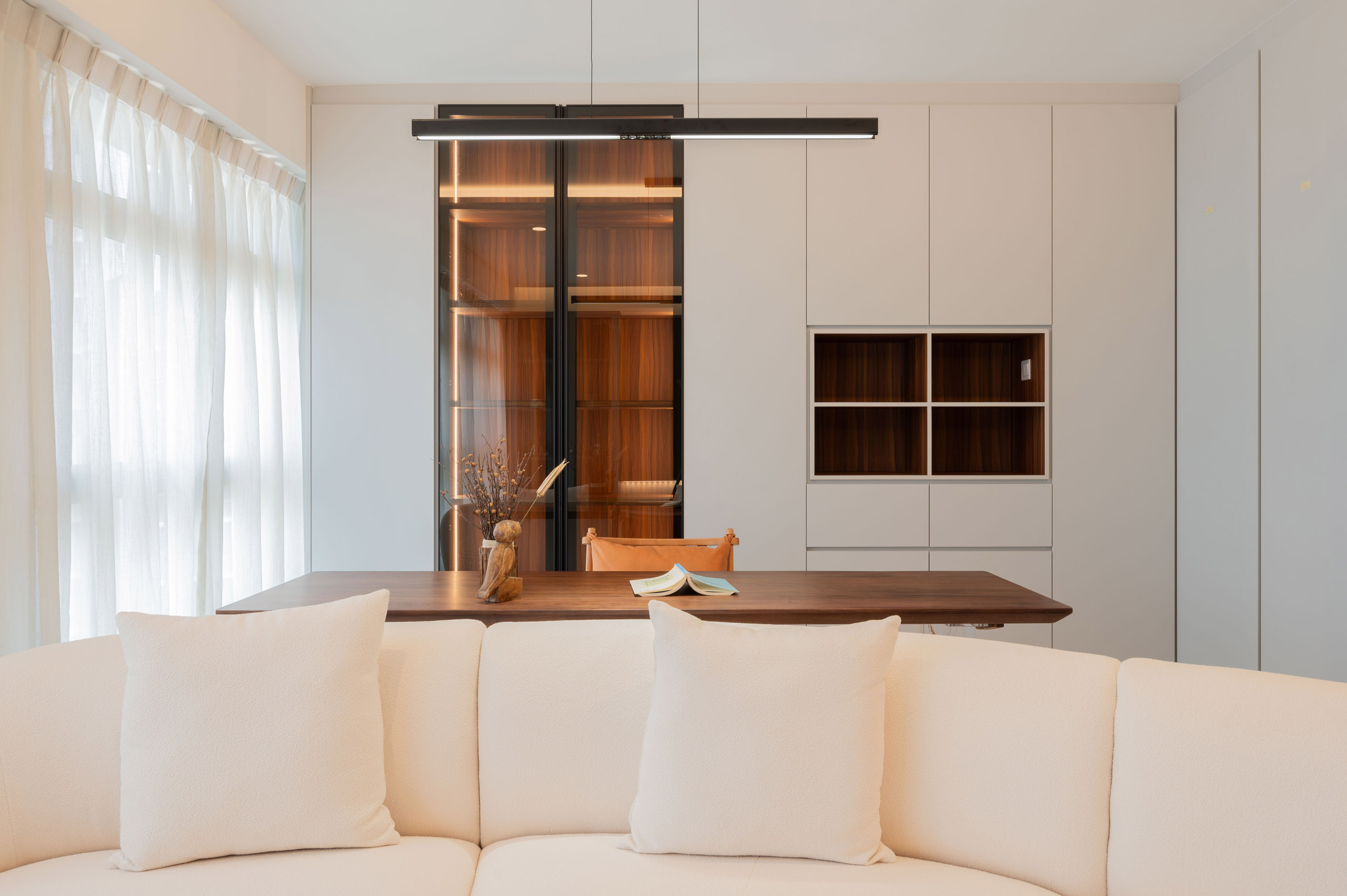
Tips for Achieving a Cohesive Transitional Style in Your Living Room
Achieving a cohesive transitional style in your living room requires attention to detail and careful planning. Here are some tips to help you along the way:
Stick to a Neutral Color Palette: As mentioned earlier, a neutral color palette is key to achieving a cohesive look in a transitional style living room. Stick to shades of beige, taupe, gray, and ivory for a timeless and sophisticated feel.
Maintain Consistency in Materials: Choose furniture and decor pieces that are made with similar materials to maintain consistency throughout the space. For example, if you have a coffee table with a glass top, consider adding side tables with glass accents.
Balance Traditional and Contemporary Elements: The key to transitional style is finding the right balance between traditional and contemporary elements. Mix classic furniture pieces with more modern ones to create an eclectic and harmonious look.
Keep Clutter to a Minimum: Transitional style is all about simplicity and elegance. Keep clutter to a minimum by incorporating ample storage solutions and organizing your belongings. This will help maintain a clean and streamlined appearance.
Add Personal Touches: Don’t forget to add personal touches to your living room to make it truly yours. Display family photos, showcase your favorite artwork, and incorporate meaningful accessories that reflect your personality and style.
Conclusion:
In conclusion, if you’re looking to transform your living room, consider incorporating transitional style interior design. With its blend of traditional and contemporary elements, this style offers a timeless and sophisticated look that can elevate any space. By following the tips and ideas shared in this article, you can create a cohesive and inviting living room that reflects your personal taste and style. So go ahead, embrace transitional style and make your living room a stunning oasis of comfort and elegance.
Ready to transform your living room with stunning transitional style interior design? Get started today and let our interior designers bring your vision to life.

